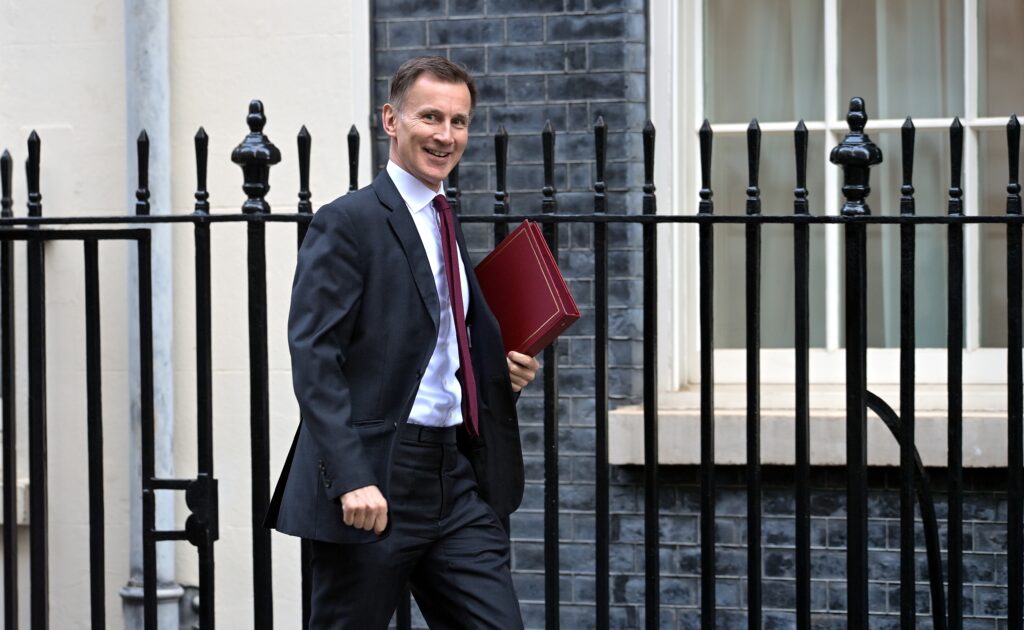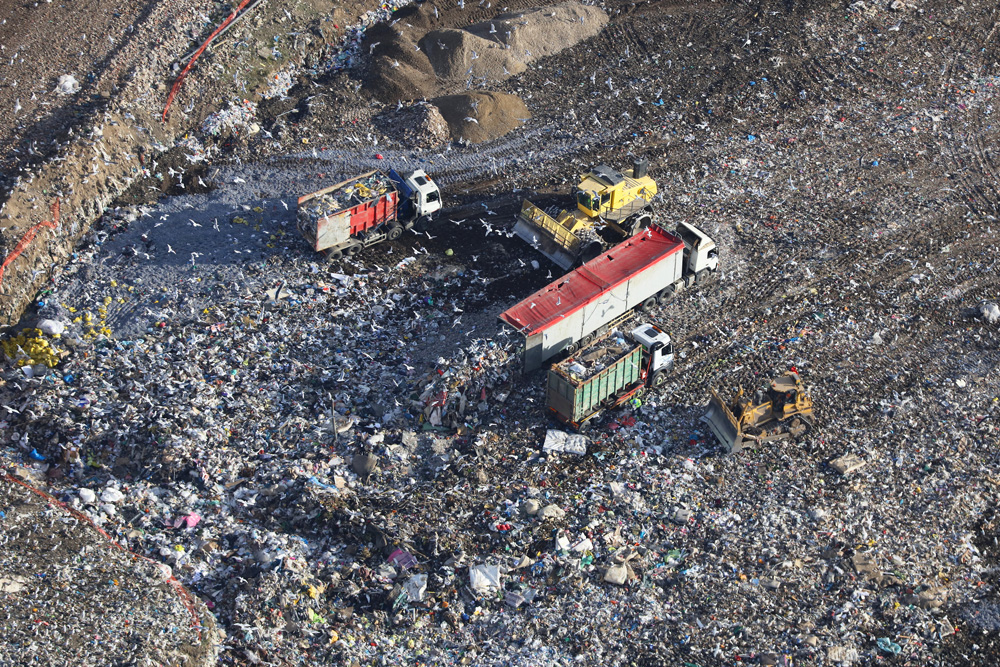In a response to the Government’s recent consultation paper on “Combined Heat and Power to 2010 – Public Consultation Draft” the ESA says although “it welcomes the Government’s draft strategy to achieve 10 GW good quality CHP capacity by 2010,” the Government's growth targets for CHP are unachievable because of “the current difficulties the industry is facing under NETA.” According to the ESA, NETA – the New Electricity Trade Agreement, which first opened up the electricity market to create greater competition in March 2001, has “resulted in greater risks and reduced trading opportunities for CHP”.
The ESA also criticises the Government support measures, stating: “Although the range of support measures that have been identified and introduced by the Government are well summarised in the paper, these have had little effect to date in stimulating CHP development.” It continues to say “additional support measures may have to be considered in order to encourage greater deployment of CHP capacity more quickly”.
The response also identifies problems required with applications for new energy from waste (efw) plants. Efw plants are required to demonstrate that CHP has been seriously considered in order for a PPC permit to be granted. However, the ESA states that “although CHP can make more efficient use of fuel than an electricity only plant, the feasibility of CHP schemes is dependent on the availability of end-users for the heat generated.” Such end users could be residents who dwell near the efw plant, although the response points out sometimes, as in the case of one plant, “political difficulties have resulted in failure to exploit the heat potential” that the plant has to offer.
The ESA also states that such potential for the provision of heating can only be utilised where “appropriate and technologically feasible,” going on to say: “CHP would be most feasible if the plant were situated close to a new housing development or industrial park where the necessary infrastructure can be utilise in the construction phase to accommodate a heating scheme”.
Conclusion
In general, the ESA welcomed the opportunity to comment on the consultation paper as well as the Government enthusiasm to push for good quality CHP capacity by 2010 and in conclusion, it recommends that: “The Government gives serious consideration, in planning of new housing developments, to the prospect of exploiting CHP potential in the future and that provisions are made for this at design stage.”
The second point in its conclusion recommends: “The Government adopts a more relaxed interpretation of waste as a renewable source of energy, in order to encourage the development of a greater number of efw CHP projects under the Renewables Obligation.”











Subscribe for free